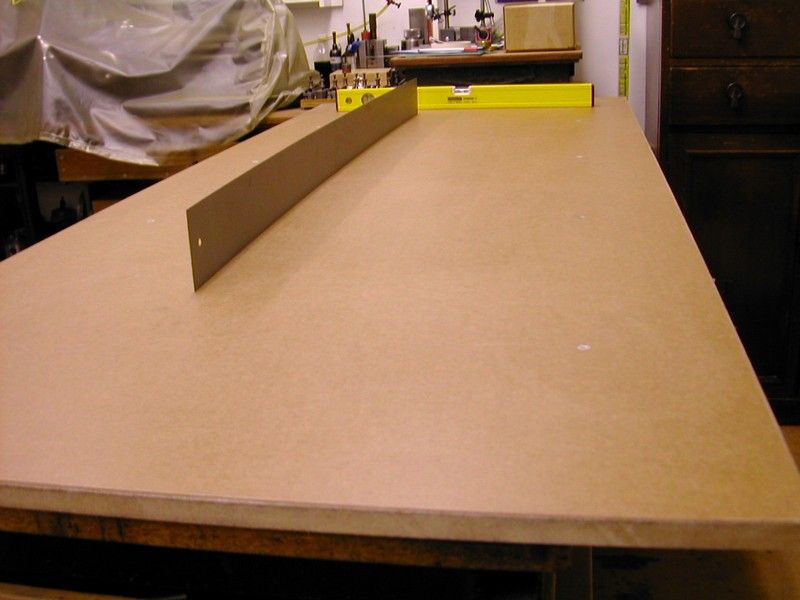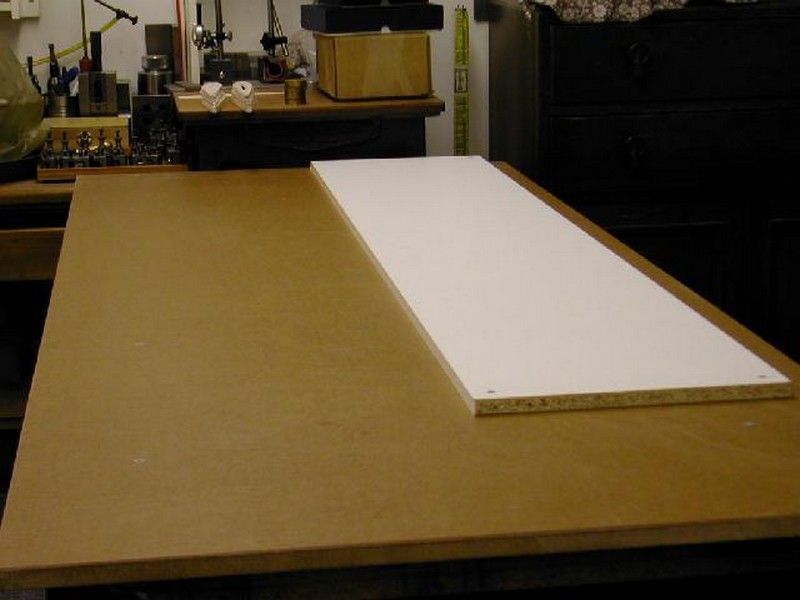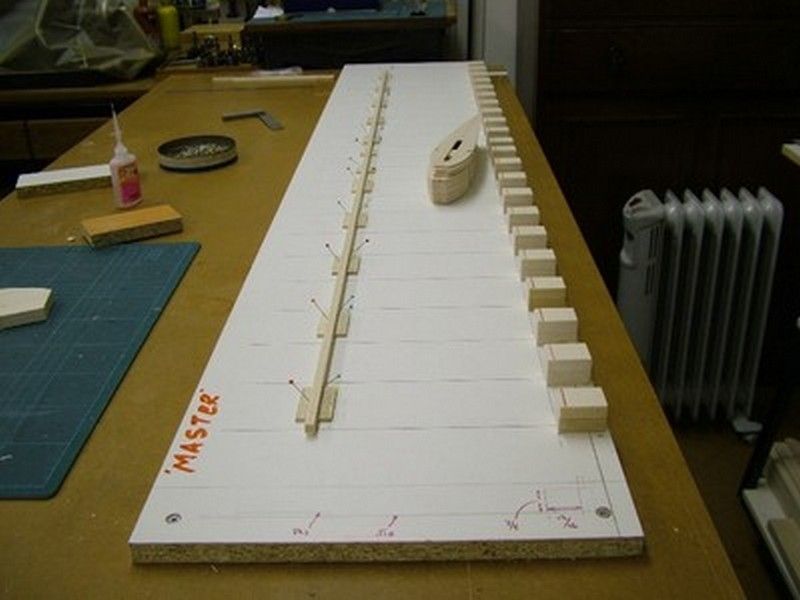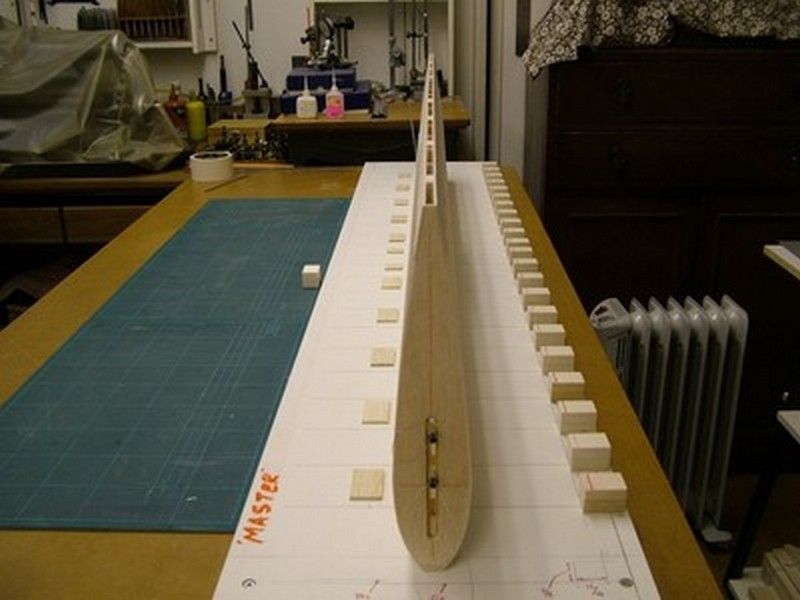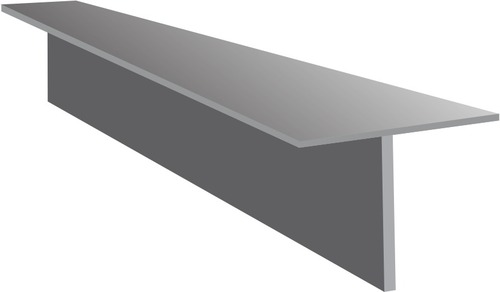What adhesive – that shrinks when it sets – do you recommend for melamine laminate sheets?
What adhesive – that shrinks when it sets – do you recommend for melamine laminate sheets?
- This topic has 81 replies, 29 voices, and was last updated 6 April 2022 at 14:47 by
Robert Butler.
- Please log in to reply to this topic. Registering is free and easy using the links on the menu at the top of this page.
Latest Replies
Viewing 25 topics - 1 through 25 (of 25 total)
-
- Topic
- Voices
- Last Post
Viewing 25 topics - 1 through 25 (of 25 total)
Latest Issue
Newsletter Sign-up
Latest Replies
- An Interesting Procedure
- Drummond pre-B type bearings. Renewal time.
- Sigmund Fischer : Electric Clock
- Steam driven air pump for brakes
- NU tool milling machine
- (help) hobymat md65 lathe z1 and z2 gears
- Depreciation of Intel processors
- EW Stringer Lathe Backplate Fabrication
- EW Stringer Lathe Spindle Thread
- Lead acid battery fettling



